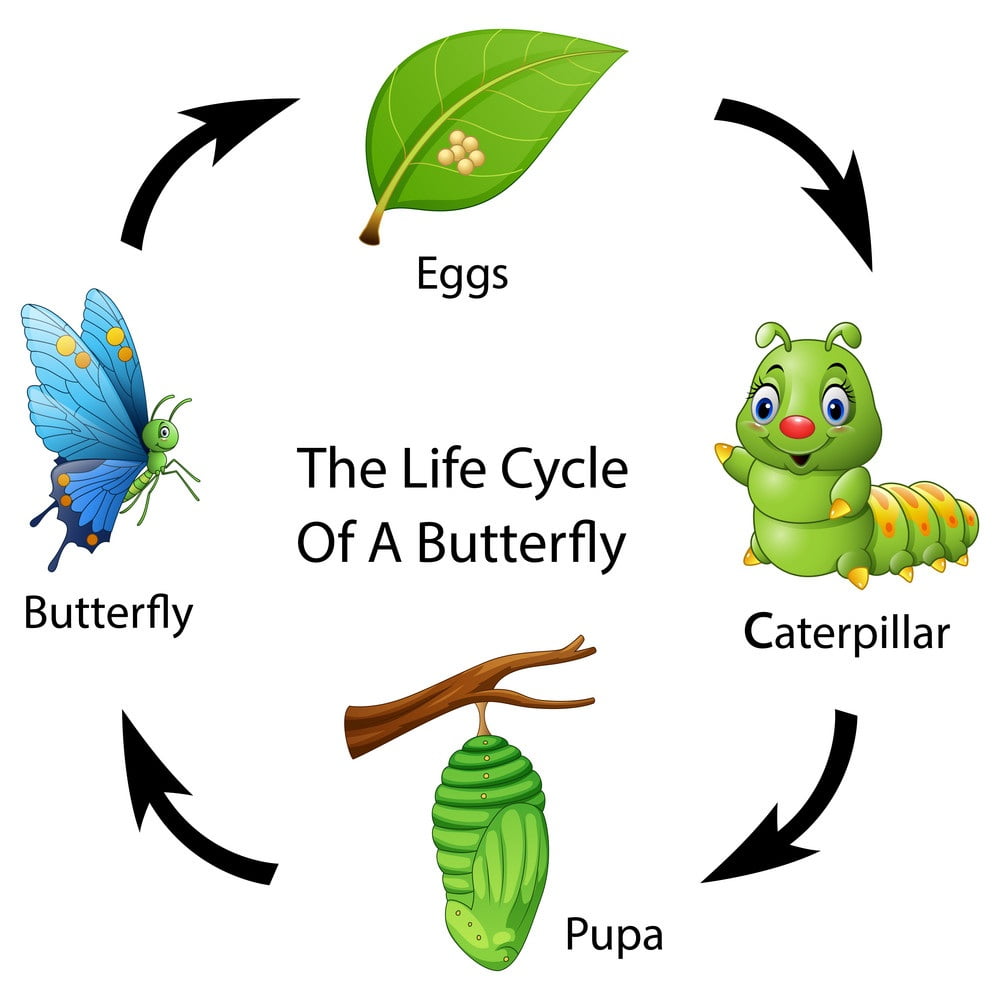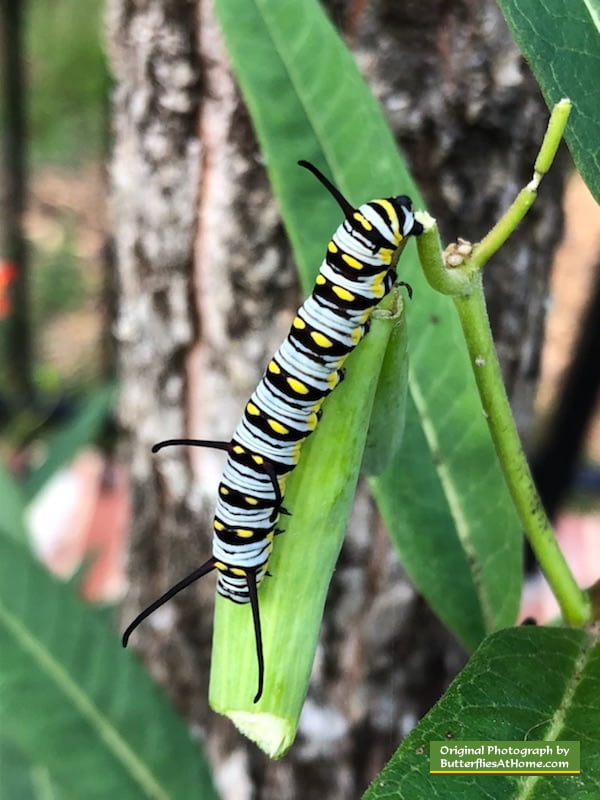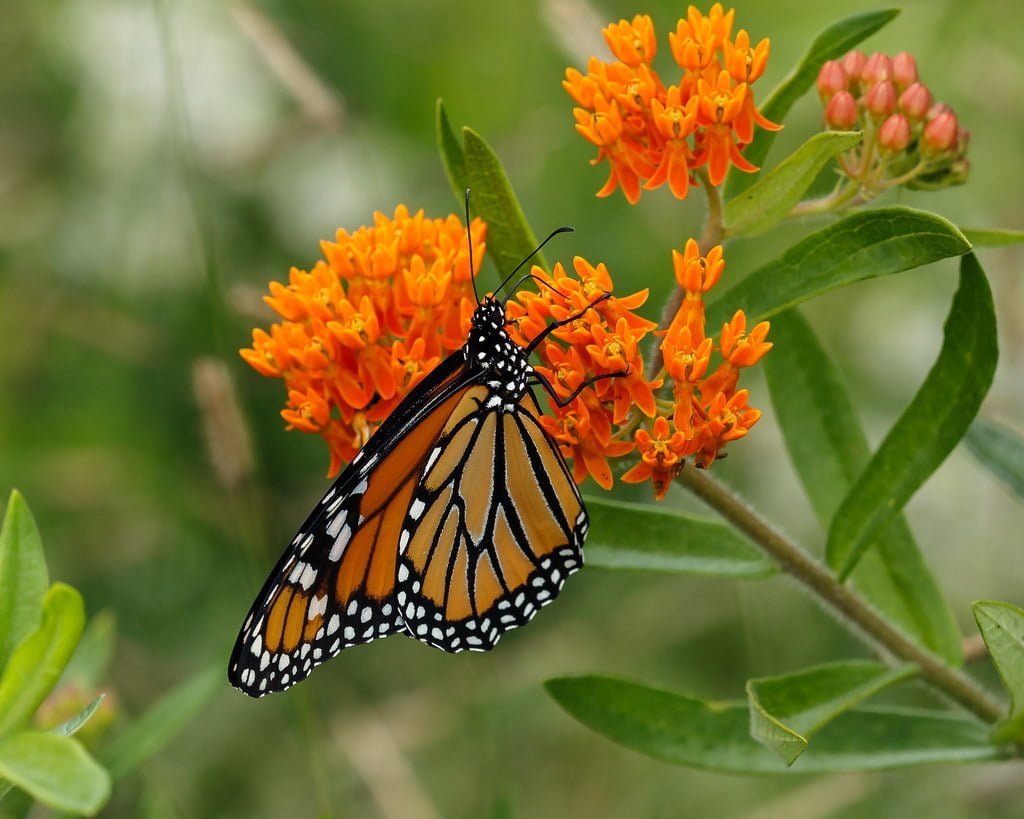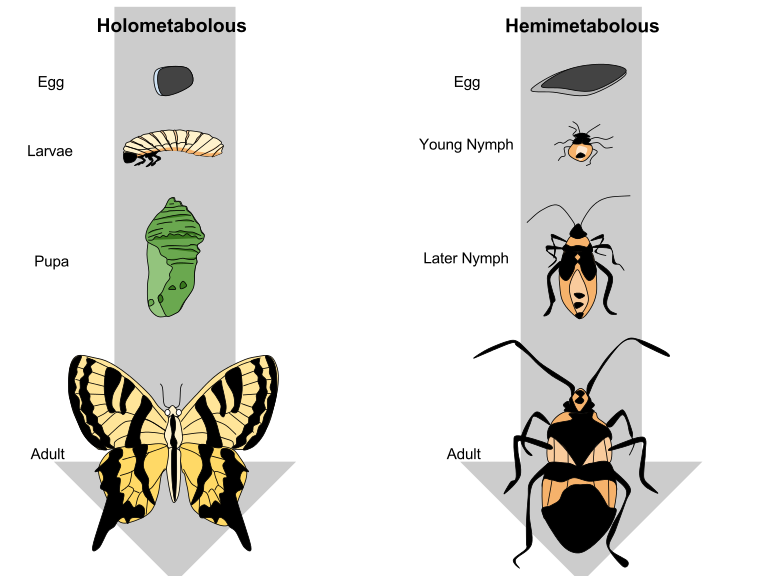“Holometabolous” is a term used to describe a type of metamorphosis seen in certain insect species. It refers to a complete or total metamorphosis that involves four distinct stages of development: egg, larva, pupa, and adult.

In holometabolous insects, such as butterflies, bees, beetles, flies, and ants, the larval stage is often vastly different from the adult stage in terms of morphology, behavior, and habitat. Larvae usually have specialized structures and functions that cater to their specific lifestyle and feeding habits. For example, butterfly larvae are commonly known as caterpillars, which have chewing mouthparts and feed on vegetation.

After the larval stage, holometabolous insects enter the pupal stage, during which they undergo a remarkable transformation. Inside the pupa, the insect undergoes significant physiological and structural changes, eventually emerging as an adult insect. This process is known as metamorphosis. The adult stage is the final stage, where the insect is sexually mature and capable of reproducing.

Butterfly Milkweed Seeds (Asclepias Tuberosa) for North America
More than 50 Orange Butterfly Milkweed Seeds (Asclepias tuberosa) originating from tobacco country for most of North America.
The holometabolous life cycle allows for distinct specialization and adaptation to different ecological niches across the various stages of development. It provides advantages such as reduced competition between different life stages and increased survival rates by minimizing vulnerability during vulnerable developmental phases.
By learning all we can about the holometabolous, fabulous, butterfly lifecycle, we can better support our butterfly friends, and see their numbers increase… one day at a time!

The Adventures of Johnny Butterflyseed – Author Signed First Edition Children’s Book
Save the monarchs!
Johnny Butterflyseed and his fairy friend, Raven Silverwing, embark on a mission to save the rapidly disappearing butterflies. They enlist the help of Queen Venus Goldwing and her kingdom of monarchs to educate and inspire kids to become butterfly farmers. At first, Johnny faces his own internal struggle with self-doubt and fear in his ability to make a difference, but then soon develops a mindset that allows him to not only get started, but also make progress one day at a time. Through challenge after challenge, Johnny learns that he is not alone in his mission and that there are many people who want to help. Together, Johnny, Raven, and Queen Venus educate thousands of children on becoming butterfly farmers.
